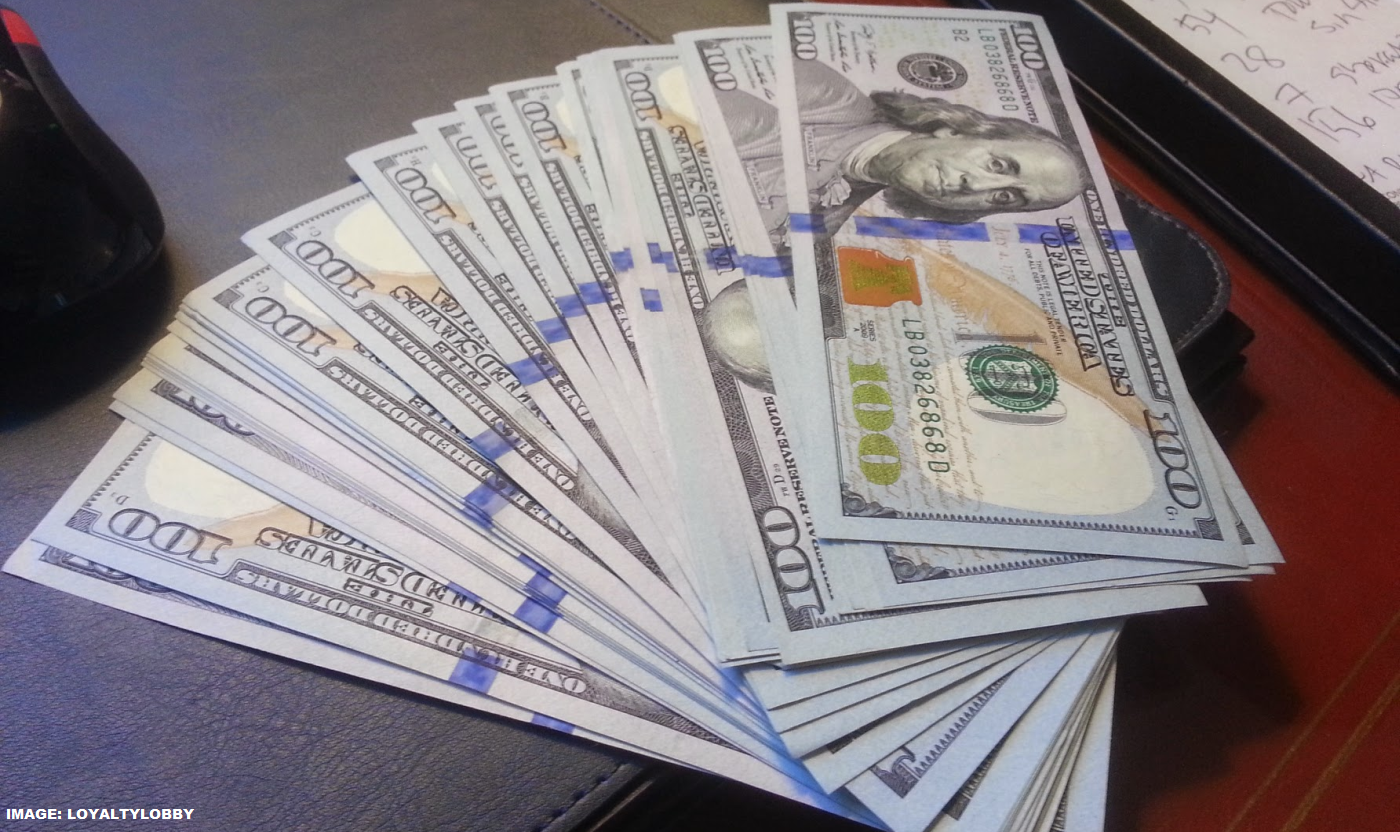The Argentine government announced Tuesday (11) the creation of new variants of the dollar exchange rate to prevent the outflow of foreign currency from the country.
They also want to help the event production sector, which is experiencing a prolonged crisis due to the difference of almost 100% between the official dollar rate (149 pesos) and the so-called “blue” (280 pesos).
Because of the series of concerts that the band will give in the country this month, it has received the nickname “Coldplay dollar”.

It is an agreement with the show production sector so that it has access to a cheaper dollar than the “blue”, which is about 200 pesos.
The aim is to facilitate the financing of bands, artists, and the necessary infrastructure for international performances, which are becoming increasingly rare as the crisis in the country worsens.
With the new measures, 14 types of dollars are officially in force in Argentina.
This is because the country has enacted a policy restricting the purchase of dollars since 2018.
Only a few sectors of the economy have access to the dollar at its official value (149 pesos) to import a limited number of products, generally related to capital goods and inputs for the industry.
On the other hand, individuals can buy at this value for only US$200 per month to save or travel.
For everything else, there is the “blue” (clandestine) dollar, which practically regulates the price market in the country.
Although this trade is illegal, the authorities turn a blind eye to it, and there are “blue” dollar exchange offices and operators that operate in broad daylight.
The government itself refers to it with the euphemism “informal dollar.”
The restrictions aim to keep the dollar in the country, a currency Argentina lacks.
Earlier this month, the Economy Ministry approved the introduction of the “soy dollar” as an incentive for the agricultural sector to sell its products at a more competitive value of 200 pesos per dollar.
The so-called “Qatar dollar,” a dollar for tourists, also announced Tuesday, aims to stop the outflow of foreign currency from the country. To achieve this, it establishes the collection of higher taxes for those who want to use their credit cards outside Argentina.
This sum of taxes will include a new 45% tax in addition to the “country tax” (a tax already existing for purchasing foreign currency).
The nickname “Qatar Dollar” is due to the World Cup and the expectation that many Argentines will travel to the tournament despite the high prices.
The “Qatar Dollar” has one exception: it does not apply to purchasing land tickets to neighboring countries.
For purchasing luxury goods abroad, such as cars, jets, high-end alcoholic beverages, watches, diamonds, or boats, a tax of 25% is levied on the “Qatar Dollar”.
The increase in the cost of credit card payments is intended to encourage Argentines traveling to use dollar bills (which many keep at home or in safes), thus preventing tourists from visiting the central bank to buy travel currency, which would drain the country’s dollar reserves.
“We have taken this measure because we have received complaints from the economic sectors and want to conserve reserves for production and job creation. To do that, we have to prevent foreign currency flight,” Carlos Castagneto, head of Argentina’s fiscal authority Afip, said in an interview with reporters late this afternoon.
“We are not prohibiting the purchase of goods or tourist packages; we are only increasing the dollar value to protect our reserves,” he concluded.
According to government estimates, the measure will affect 200,000 people who regularly use their credit cards to travel abroad. The standard already applies to purchases made on Wednesday (12).
Payment for streaming services, in turn, called “Netflix dollars”, will remain the same. This is a payment at the value of the official dollar, plus two taxes, one 30%, called “solidarity”, and another 35%.
With information from Valor

